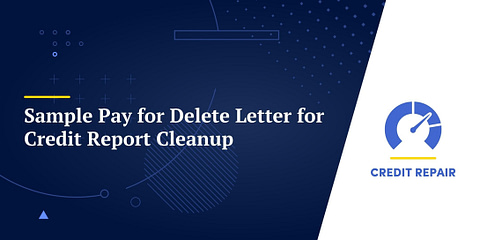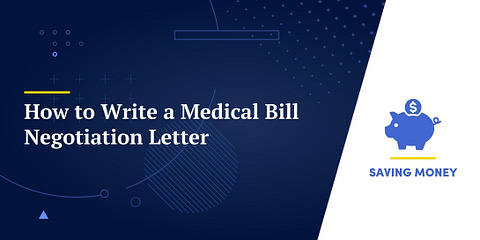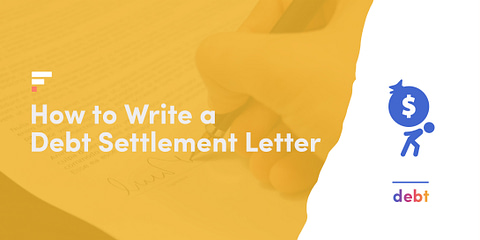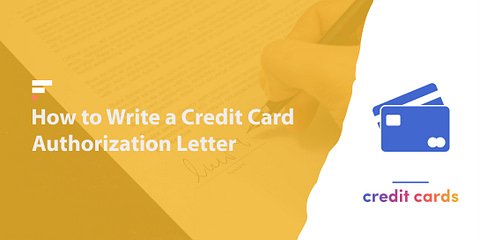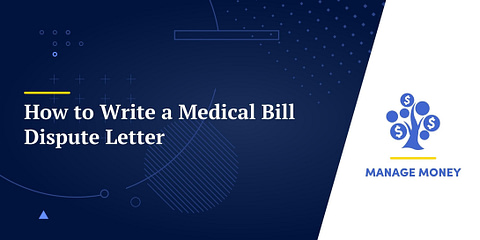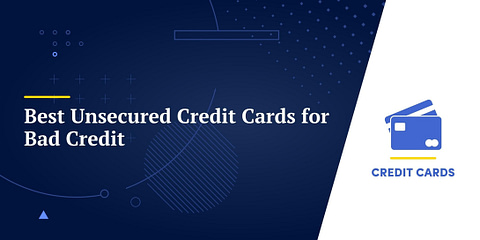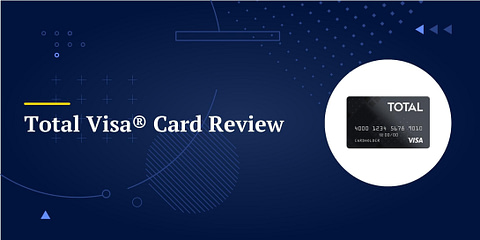A credit card dispute letter is your first line of defense against unauthorized charges on your card. This is a common problem. Almost 50% of American adults have had a fraudulent charge on a card, and a third have had more than one[1]. Fraud isn’t the only problem. Credit card companies make mistakes, and problems like double-charging (the same charge appearing twice) are common.
Credit Card Dispute Letter Template
Here is a template for your letter that includes places for all vital information. Alter it according to your situation.
Notice of charge dispute for Account # [Your exact account number]
Dear Billing Dispute Department:
I am disputing the charge of [$______] to my [name of credit card] account that was made on [date]. This charge is an error because [give details of the error].
Please remove this charge and credit me for any interest or fees associated with this charge.
I have enclosed supporting documentation.
Thank you for your help in this matter.
Sincerely,
[Your name]Enclosures: [List the documents you enclose.]
Download credit card dispute letter templates:
⏬ Credit card dispute letter template for Microsoft Word
⏬ Credit card dispute letter template for Google Docs
⏬ Credit card dispute letter template in PDF
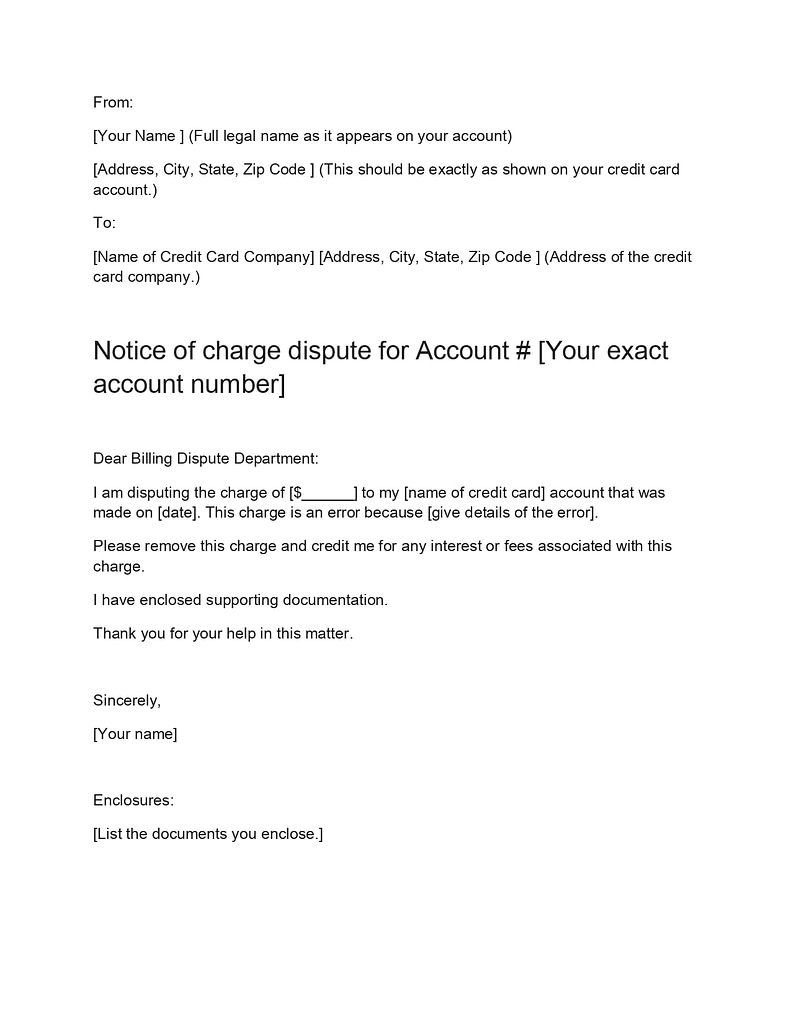
📝 Tip: Keep a copy of the letter for your records. You must send the original because it has your signature.
🤔 Common Question
Will my letter affect my credit score?
Your score will not change because of a credit card charge dispute. You may see different credit scores with each of the reporting agencies because of the way they calculate, but these will not be because of your letters or calls regarding the matter. You may also see a notice on your report saying there was a dispute, but potential lenders cannot refuse to loan you money because you questioned a charge, whether or not the resolution was in your favor.

More Letter Templates
Our collection of free, fully-customizable letter templates is there to help you write effective letters when you need to set up, cancel or complain about something.
What Is a Credit Card Dispute Letter?
A credit card dispute letter is a formal communication sent by a cardholder to their credit card issuer to contest or question an incorrect or fraudulent charge on their credit card statement. This letter should clearly identify the disputed transaction, explain why it is being disputed, and request an investigation and correction of the error. This letter is meant to resolve the issue and ensure that the cardholder is not held responsible for unauthorized charges or errors made by the credit card company.
When to Use a Credit Card Dispute Letter
Use a credit card dispute letter if you find a mistake or a charge you didn’t incur on your credit card statement.
Always review your statements as soon as you receive them. If you have signed up for online access, check your statements frequently. Errors or fraudulent charges are much easier to resolve if you dispute them immediately.
If you see a charge on your card that you didn’t make, dispute it at once. You should also consider the possibility of identity theft. If your card details have been compromised a fraudulent charge might be only the beginning. You may wish to take steps to respond to identity theft.
Basic Information to Include in a Credit Card Dispute Letter
The letter and the information in it are simple, but you need to get them right. Be meticulous in your attention to detail. Proofread the information to ensure it is completely accurate and that nothing has been left out.
At a bare minimum, you should include the following:
1. Your Name
Make sure your name on the letter matches the name on your account exactly. For example, if your middle initial appears on the account, use it in your letter. If your name is misspelled on the account, contact the credit card company and have that corrected before you write your letter.
2. Your Account Number
Include the credit card account number. This is not always the same number as the one on your card, so check your statement. Also, look carefully at letters that may be part of the account number. Pay attention to which ones are capitalized and those that are lower case.
3. The Amount of the Disputed Charge
Don’t round this figure up or down. Credit card companies often look up the exact amount to identify the transaction. If there is more than one charge, include those. Make sure the multiple charges match their transaction dates exactly.
4. The Date of the Charge
Give the date for the charges as shown on your statement. This should be the date as shown on your credit card account, not the date you may have made the purchase. Sometimes companies don’t report the date on the same day you bought something.
Failure to get all this information right can delay your case review. Provide as much of it as possible to make it easier for the credit card company to identify the disputed amount and track the transaction.
5. The Reason for Disputing the Charge
Your criteria for challenging the charge must be clear and to the point. Avoid wordy stories and try to limit your explanation to one issue. Consider the reasons below:
- You did not purchase the item.
- You received the wrong item and the seller won’t replace it.
- You returned the item and didn’t get credited for it on your account. (If a company refuses to give you credit for a returned item, quote the company’s policy on refunds).
- You were double-charged.
- You did not subscribe to a service you are being charged for.
If your reason is different from these, simply explain what happened. These are the most common reasons, but this is not an exhaustive list. Learn about why credit card billing errors happen.
Make sure you have complied with company policies and that your case fits within the rules.
Attach copies of documents such as receipts, previous letters, and checks to support your claim. Don’t send originals. Keep those filed safely away.
✍️ Tip: Explain that you contacted the merchant before disputing the charges. This will show that you tried to resolve the situation and have resorted to the dispute claim as a last resort.
You may refer to phone calls and conversations, even if they are not documented. Provide specific dates, times, and the name of the person you spoke with to add credibility to your description of those communications.
How to Send the Credit Card Dispute Letter
Your dispute letter carries legal weight, so mail it correctly.
Make sure you send it to the correct address. Often, the address for disputes differs from the one for sending payments, so check your statement for the correct one.
Use certified mail and ask for a return receipt. You may need this as proof that your letter arrived at the company.
What Response to Expect
Many credit card companies will temporarily remove the charge while they investigate it. They may do this when you first call. However, go ahead and send a follow-up letter they can use during the investigation.
Companies must send you a letter saying that they got your dispute notice from you, and they must settle the matter within 90 days. A company can’t start legal action against you during the dispute.
If the dispute involves a service you have been paying for but no longer want to, a representative from the credit card company may contact you to instruct you to discontinue the service with the vendor. Doing so will stop charges going forward, but you won’t get credit for current charges.
The company may resolve the dispute in your favor, in which case your temporary refund will be made permanent. If the decision is not in your favor, you may be asked to provide more proof that you did not authorize the transaction or that it was made in error. In that case, write a new letter with all the requested information.
💳 Tip: Continue making your monthly payments while the dispute is in effect.



